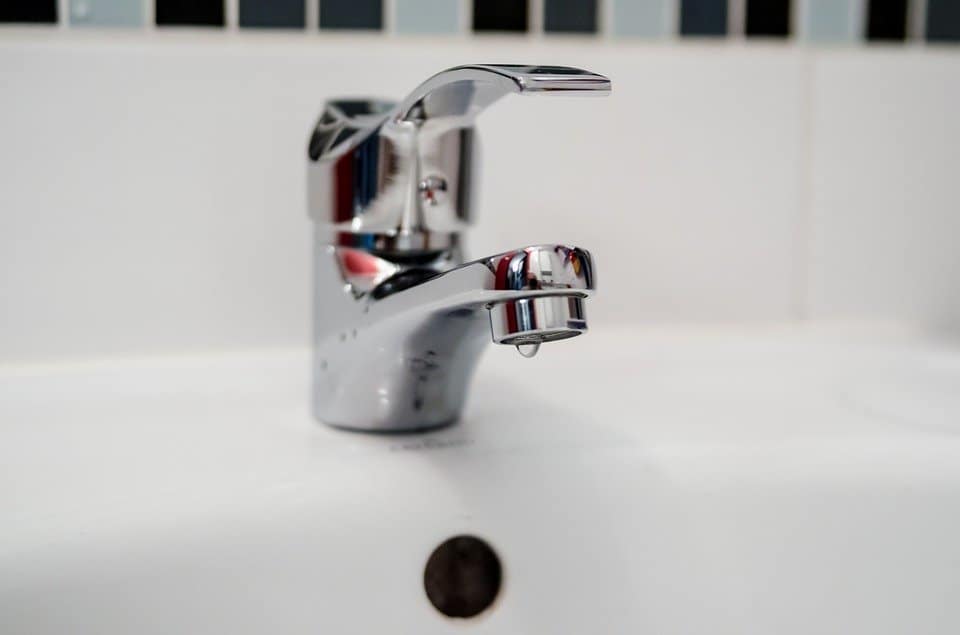As a homeowner or building contractor doing a remodeling project or putting up a new structure, there are specific codes you must adhere to. Codes apply to every aspect of the building profession, and plumbing systems are no different. Local plumbing codes are not merely arbitrary rules put down on paper, but are critical fundamentals that ensure the quality of materials used, top-notch workmanship, and safety of your family.
What is the purpose of Local plumbing codes?
Plumbing or sanitation codes are sets of rules and regulations imposed by states, counties, or cities to ensure that all plumbing works are executed in a specific safe manner to avoid accidents and/or the spread of disease. Local authorities usually adopt and alter these codes to fit local needs.
Components of a Plumbing System
When figuring out how plumbing codes affect plumbing design, it’s important to first understand the different components of a plumbing system. As a homeowner, having a basic understanding of how your plumbing system works and the different components involved will help you better take care of it and prevent costly breakdowns.
In a nutshell, here are the 3 major components of your home’s plumbing system to help get a better grasp of how plumbing codes affect plumbing design:
1. Pipes and Fittings
Pipes and fittings form the skeleton of any plumbing system. Pipes play a key role in transporting water from the utility line or well to various parts of your home, and eventually to different fixtures.
Fittings, on the other hand, connect different pipes to form a continuous chain, allowing pipes to change angles and intersections. This helps to make the best possible use of the limited space on your walls, ceiling, and floor.
Most plumbing systems will include two sets of pipes and fittings: cold water and hot water. In terms of materials, most pipes and fittings are made of PVC, lead, brass, and copper.
2. Fixtures
The water that your pipes and fitting distribute throughout your home will eventually be consumed by some fixtures. Basically, fixtures comprise of kitchen and bathroom sinks, showers and tubs, dishwashers, toilets, water heaters, washing machines, lawn hoses, and other appliances that require water in your home.
Some of these fixtures are fitted with handles or buttons that you must trigger to allow water flow (e.g. sinks, shower heads, and tubs) while others draw water on an as-needed basis, for instance, toilets.
3. Drainage
Water leaving various fixtures requires some exit point, and that’s where drainage comes in. Without a proper drainage system, your home can become flooded with water exiting different fixtures.
Each fixture is fitted with its own drain system that connects to the main drain line where all excess water and other solid waste will eventually be channeled into your septic or the city sewer. You need to care for your drain systems since any backup can cause overflows, making your home messy, smelly, and posing a health hazard.
So, when designing your plumbing system, have these basics in mind and follow all your local plumbing codes to ensure that your final plumbing system meets code and is safe for you and your family.
How Local Plumbing Codes Affect Plumbing Design
Every country has laid down plumbing codes that must be followed when carrying out any plumbing works. Since plumbing codes are never static but evolve over time with respect to new building techniques, processes, and innovations, it’s important to check with your local building regulators for the latest plumbing codes to ensure compliance. But how does plumbing codes really affect plumbing design?
Here are are a few ways plumbing codes affect plumbing design:
1. Water and Energy Efficiency
The modern plumbing codes tend to emphasize water efficiency. You must make a concise choice on how much water you want to save in your home and tentatively design a plumbing system that does just that. To get an efficient plumbing system, the design must enhance savings on water and energy.
Some of the considerations to make include using short runs between plumbing fixtures as well as using state of the art plumbing materials. The water inlet system and outlet systems must be separated while the drain system should have vent stacks to allow drainpipes to breathe and get rid of sewer waste more efficiently. Your choice of toilets, bathroom exhaust fans, bathtubs, sinks, and shower heads should also be guided by energy-efficiency requirements.

2. Cost Saving on Materials
The water supply system traverses between rooms, and the same applies to drain, waste, and vent systems. To save on plumbing materials, ensure that the rooms that require plumbing fixtures are grouped together. For example, the kitchen can be aligned adjacent to the laundry room while bathrooms can be fixed closer to bedrooms.
3. Health and Environmental Effects
Poor quality plumbing can pose serious health risks, and plumbing codes are designed to mitigate that. Everyone understands the importance of drinking clean, uncontaminated water, and there are laid-down rules to ensure that. Now, the movement of wastewater and sewage is something most homeowners don’t understand.
A good plumbing design must allow pitching of drainpipes to ensure that noxious fumes don’t find their way into your living areas and that wastewater and sewage don’t rest in plumbing fixtures. A water filtration system can also help to eradicate foreign materials and associated waterborne diseases.
Warp Up
AS we can see, local plumbing codes are not meant to excite the bureaucrats but to save you money through water and energy efficiency, cut down on material costs, and more importantly, keep you and your family safe and healthy.
Advancements in plumbing techniques, innovations, and materials continue to introduce new effective ways to improve plumbing efficiency. Always engage a professional plumber who adheres to the local plumbing codes to ensure that your plumbing design incorporates the latest innovations and industry best practices.
